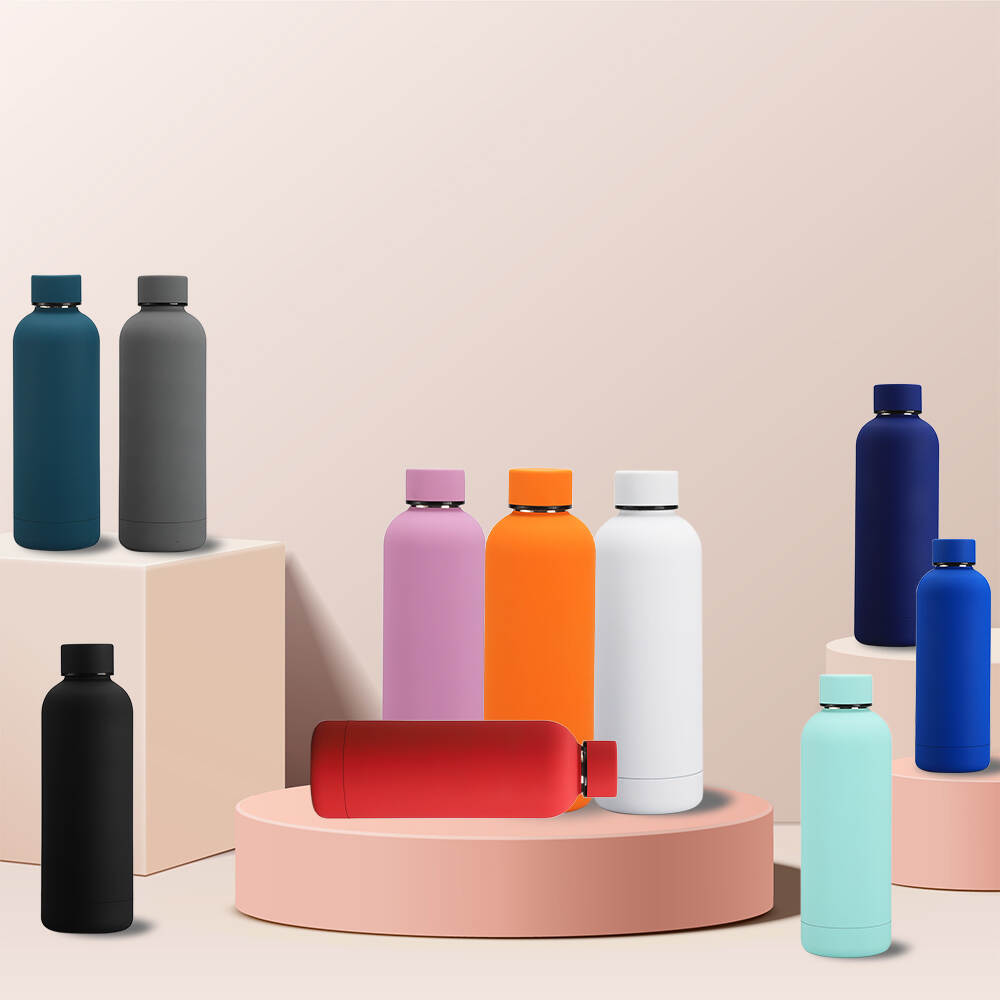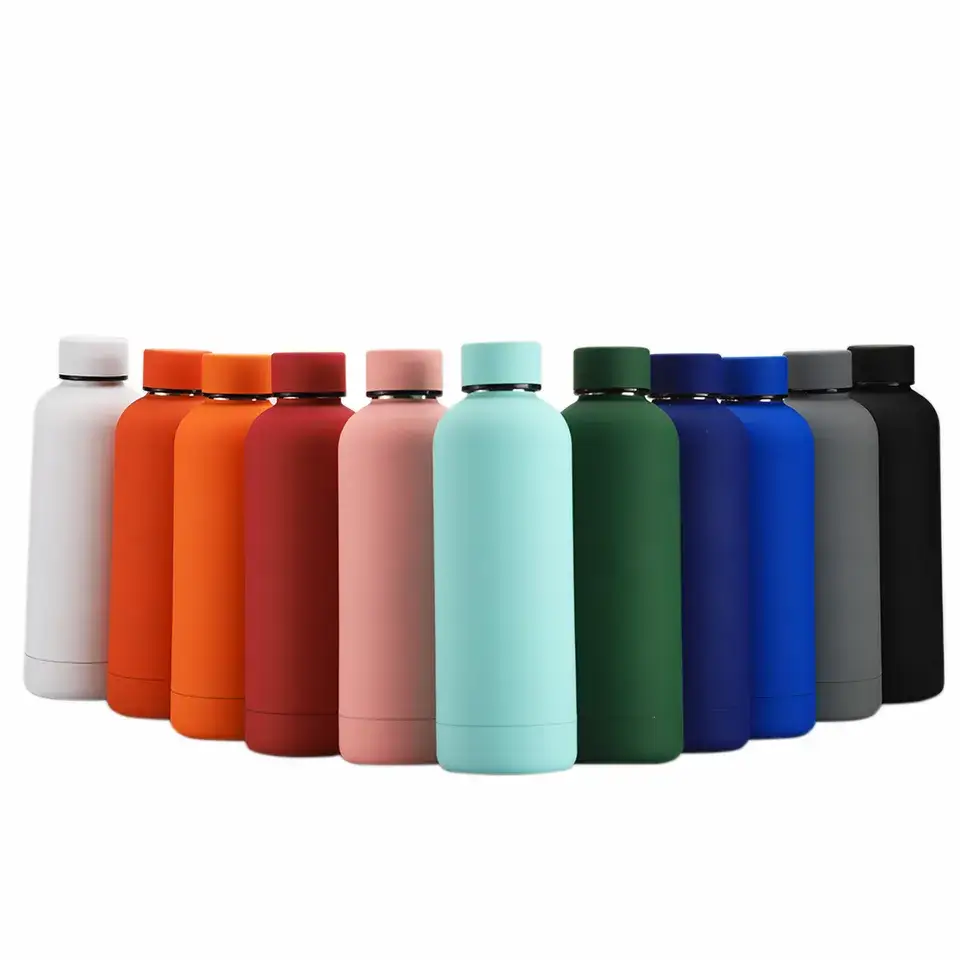

Introduction
The morning commute, a hike in the wilderness, or a long day at the office – no matter the setting, a reliable vessel to keep our beverages hot or cold is essential. Enter the stainless steel vacuum flask, a mainstay in both home and professional environments. But with widespread use comes questions about safety. Is the convenience of a vacuum flask matched by its safety? This blog aims to address this question, exploring the materials, construction, and potential concerns associated with stainless steel vacuum flasks.
The Appeal of Vacuum Flasks
Convenience and Versatility
A vacuum flask's ability to keep beverages at the desired temperature for extended periods is unmatched. Be it a hot cup of coffee to kickstart the day or a cold drink to quench midday thirst, these flasks cater to a variety of needs. But beyond convenience, what about the safety of what's inside?
Aesthetics and Durability
Stainless steel vacuum flasks are not just practical; they're also sleek and durable. Their modern design and robust construction make them a favorite among consumers. However, the real question is whether their exterior appeal is backed by a safe interior that holds our precious fluids.
Materials and Construction
Stainless Steel Composition
The safety of a vacuum flask largely depends on the material it's made of. Stainless steel is an alloy primarily composed of iron, chromium, and often nickel. The chromium content provides a protective layer that prevents rust and corrosion, but what about the safety of the other components?
The Role of Linings
Many vacuum flasks feature linings to enhance their insulation properties or to provide a smoother surface for drinks. Common linings include plastic, silicone, or copper. While these can improve the flask's performance, they also raise questions about potential leaching of chemicals into the beverages.
Safety Regulations and Standards
Stainless steel vacuum flasks are subject to safety regulations and standards to ensure they are safe for use. In the European Union, for example, materials that come into contact with food and beverages must comply with strict guidelines. Understanding these regulations can help consumers make informed decisions about the safety of their chosen flask.
Potential Concerns and Myths
Heavy Metal Leaching
One of the primary concerns with stainless steel vacuum flasks is the potential for heavy metal leaching, particularly from lower-quality products. However, high-quality flasks made from food-grade stainless steel are designed to prevent this issue.
BPA and Other Chemicals
Bisphenol A (BPA) is a chemical found in some plastics that has raised health concerns. While BPA is not typically used in stainless steel vacuum flasks, other chemicals in linings or coatings could potentially be of concern. It's essential to look for products that are BPA-free and made from safe materials.
Thermal Shock Resistance
Another safety consideration is a flask's resistance to thermal shock—the rapid change in temperature that can cause the flask to crack or break. High-quality stainless steel vacuum flasks are designed to withstand such changes, ensuring they remain safe to use.
Testing and Choosing Safe Flasks
Independent Testing
For consumers concerned about the safety of their vacuum flask, looking for products that have undergone independent testing can provide peace of mind. Certifications from recognized bodies can indicate that a flask meets safety standards.
Reading Labels and Reviews
Reading product labels and consumer reviews can also offer insights into a flask's safety. Look for information about the materials used, any safety certifications, and feedback from other users regarding the product's performance and safety.
Maintenance and Care
Proper Cleaning
Maintaining a vacuum flask properly is crucial for ensuring its safety. Regular cleaning can prevent the buildup of bacteria and residue that could affect the taste of beverages and potentially pose health risks.
Avoiding Abrasives
When cleaning a vacuum flask, it's important to avoid abrasive materials that could scratch the interior surface, potentially damaging any protective coatings and exposing the stainless steel to corrosion.
Conclusion
The safety of a stainless steel vacuum flask is a multifaceted issue that depends on the quality of materials, construction, and maintenance. While there are potential concerns, high-quality flasks that adhere to safety regulations and standards are generally safe for everyday use. By choosing wisely, maintaining properly, and staying informed about safety issues, consumers can enjoy the convenience and performance of vacuum flasks with confidence.
In conclusion, the safety of stainless steel vacuum flasks is a topic that warrants attention but need not be a cause for alarm. With careful selection, proper use, and regular maintenance, these flasks can be a safe and reliable companion for all your hot and cold beverage needs. So, go ahead, fill your flask, and enjoy the assurance that you're sipping safely.
Email cannot be empty
Password cannot be empty
Email format error
Email cannot be empty
Email already exists
6-20 characters(letters plus numbers only)
The password is inconsistent
Email format error
Email cannot be empty
Email does not exist
6-20 characters(letters plus numbers only)
The password is inconsistent